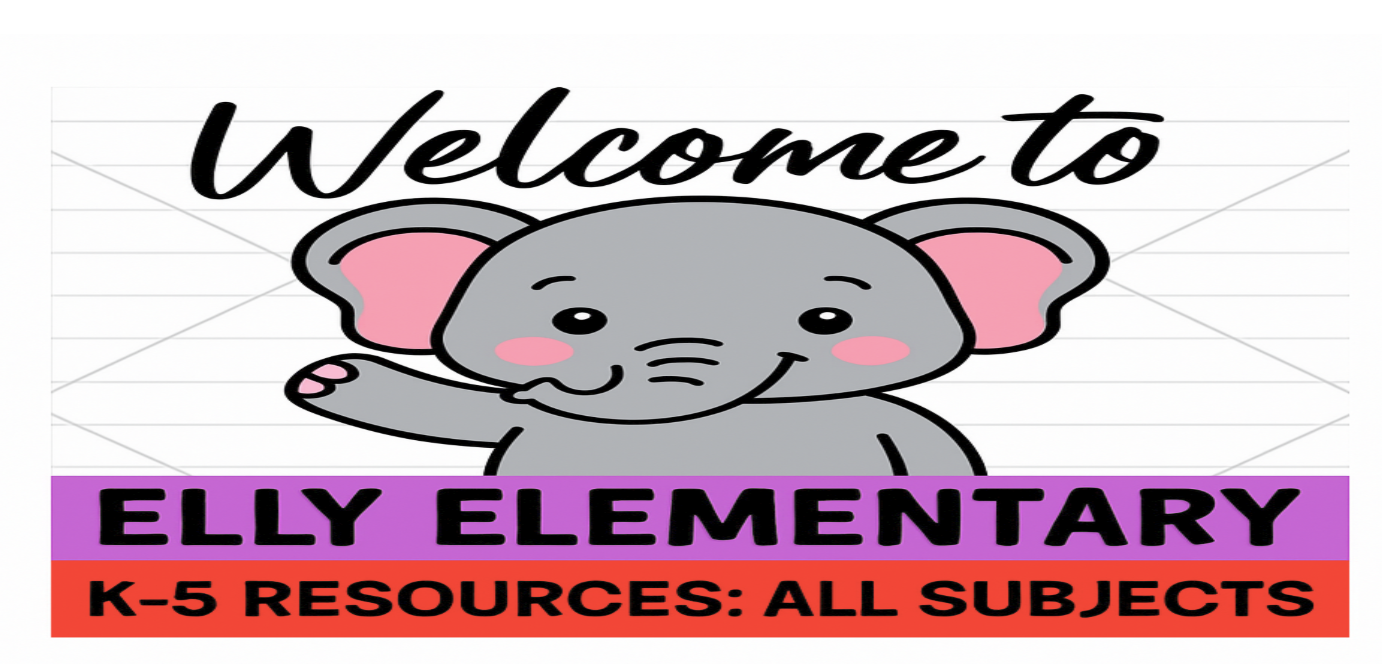The start of the school year means organizing your literacy block with reading and writing groups. This is not always an easy task and requires lots of a teachers time.
Organizing reading and writing groups in class is important for several reasons:
- Differentiation: Reading and writing groups allow teachers to tailor instruction to the specific needs of each student. This helps address different reading levels and learning paces, ensuring that all students receive the support they need to progress.
- Peer Learning: In groups, students can learn from each other. Peer discussions and collaborative activities enhance understanding and allow students to share strategies, which can be particularly beneficial for struggling readers and writers.
- Engagement: Group activities often make reading and writing more engaging and interactive. This can help motivate students and make learning more enjoyable, encouraging a positive attitude towards literacy.
- Targeted Instruction: Small groups enable teachers to provide more focused and personalized instruction. This is particularly useful for addressing specific skills, such as phonemic awareness, comprehension strategies, or writing techniques.
- Social Skills: Working in groups helps students develop important social skills, such as communication, cooperation, and conflict resolution. These skills are valuable not only in literacy activities but also in other areas of their academic and personal lives.
- Confidence Building: Group settings can provide a supportive environment where students feel more comfortable taking risks, asking questions, and expressing their ideas. This can boost their confidence in their reading and writing abilities.
By organizing reading and writing groups, teachers can create a dynamic and supportive learning environment that caters to the diverse needs of their students, ultimately enhancing literacy outcomes.
Managing groups in class effectively requires careful planning and clear strategies. Here are some strategies to help you manage reading and writing groups:
- Clear Expectations and Rules: Establish clear expectations and rules for group work. Make sure students understand what is expected of them, including how they should behave, contribute, and stay on task.
- Group Roles: Assign specific roles to each group member, such as a leader, recorder, timekeeper, or presenter. This helps ensure that everyone is actively involved and accountable for their part in the group work.
- Structured Activities: Plan structured activities with clear objectives and instructions. Providing a step-by-step guide can help students stay focused and understand what they need to accomplish.
- Flexible Grouping: Use flexible grouping strategies, where students can be grouped by skill level, interest, or randomly. This can prevent students from getting too comfortable and ensure they work with a variety of peers.
- Rotation System: Implement a rotation system where groups rotate through different activities or stations. This can help keep students engaged and allows you to work with different groups at different times.
- Monitoring and Feedback: Circulate around the classroom to monitor group work and provide immediate feedback. This helps keep students on task and allows you to address any issues or misunderstandings promptly.
- Accountability: Ensure that each student is accountable for their work. You can use individual assessments or ask students to reflect on their contributions to the group.
- Peer Evaluation: Incorporate peer evaluation where students assess each other's contributions. This can encourage accountability and provide additional perspectives on performance.
- Use of Technology: Integrate technology to facilitate group work. Online collaborative tools, such as shared documents or educational apps, can enhance group activities and allow for seamless collaboration.
- Group Size: Keep groups small, ideally 3-5 students. Smaller groups are easier to manage and ensure that all students have the opportunity to participate and engage meaningfully.
- Conflict Resolution: Teach students conflict resolution strategies and how to work through disagreements respectfully. This helps maintain a positive group dynamic and ensures that conflicts do not disrupt the learning process.
- Reflection and Review: After group activities, have a reflection session where groups discuss what they learned, what went well, and what could be improved. This helps reinforce learning and encourages continuous improvement.
By implementing these strategies, you can create a well-organized and productive group work environment that enhances learning and fosters collaboration among students.
Check out some of my products to help you:
Writer's Workshop All Year Long
I have many teaching resources available for K-5 teachers in reading, writing, math and science. Check out my store, Elly Elementary. Check out the Back to School resource for some fun activities for your first few weeks back. Join me on Facebook and Instagram. Let me know if you are looking for anything in particular. (Email: ellyelementary@gmail.com)



Comments ()